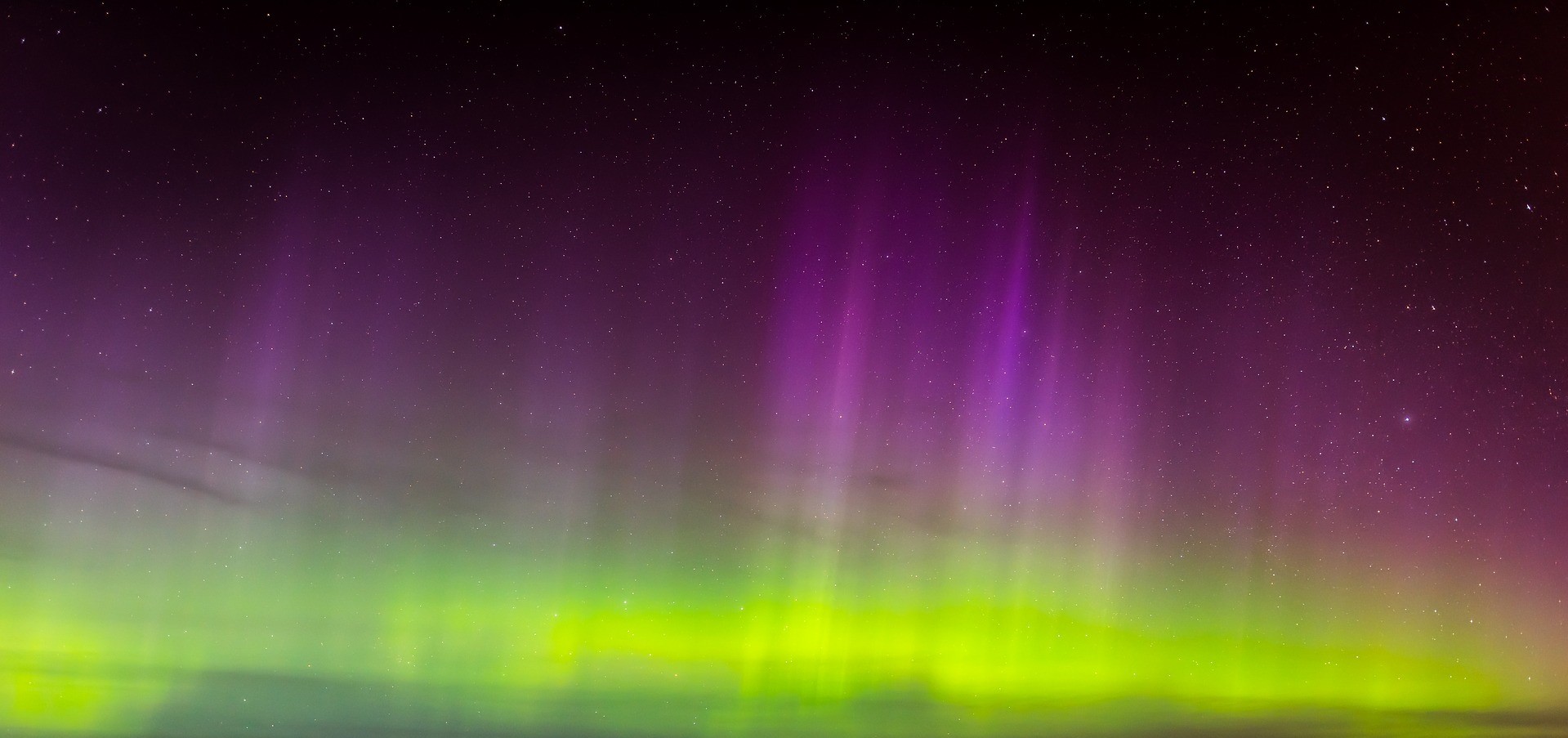The Northern Lights: A Spectacular Cosmic Show
A Glimpse into the Night Sky
The Northern Lights, also known as aurora borealis, are a breathtaking natural phenomenon that illuminates the night sky with vibrant colors and dancing lights.
Formation and Science
When charged particles from the solar wind interact with Earth's magnetic field, they collide with atoms and molecules in the atmosphere, releasing energy in the form of light. The color of the aurora is determined by the type of gas that is hit.
Expected Global Geomagnetic Activity
According to the National Oceanic and Atmospheric Administration (NOAA), the following geomagnetic activity is expected:
- Sunday, March 5th: Moderate to high (Kp=3-4)
- Monday, March 6th: Moderate (Kp=2-3)
- Tuesday, March 7th: Quiet (Kp=1)
Conclusion
The Northern Lights are a captivating sight to behold, painting the night sky with its vibrant hues. By understanding the science behind this celestial display, we can better appreciate the awe-inspiring beauty of this natural wonder.


Comments